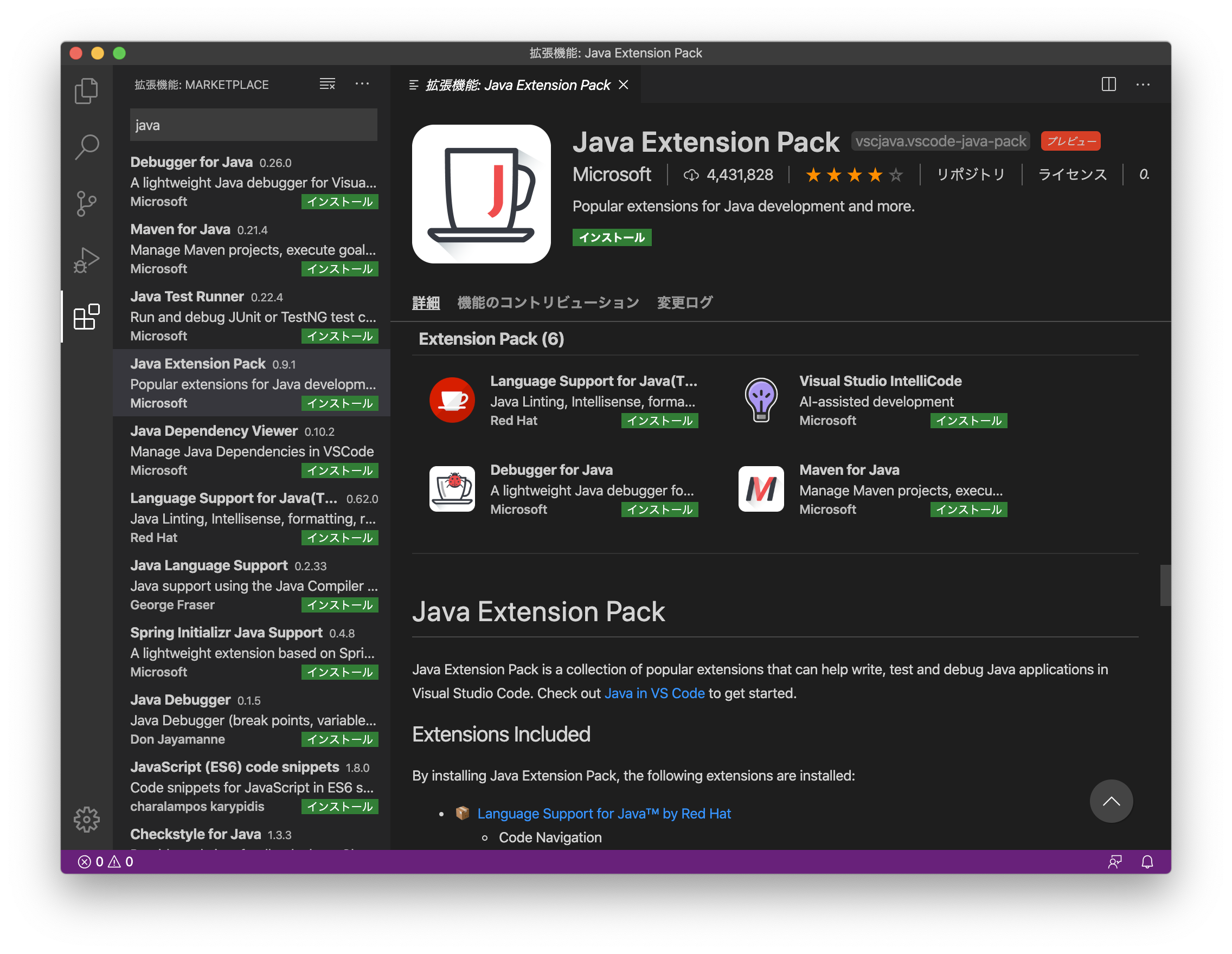

This makes it important that you set up your terminal in ways that improve your productivity and decrease your frustration. The command line is an important part of every developer's workflow. You can also place the password in the command for mount, but for security reasons doing so is not advised, since it enters the password in plain text and leaves it in your command history.ĭid you successfully mount an SMB share from the command line of your Mac? Do you use another approach to mount SMB shares from the Terminal? Share with us in the comments your methods and experiences.
Hit return and you’ll have to authenticate (assuming authentication is required) to connect. mountedM1, the syntax would be as follows: The syntax to use with mount for SMB shares is as follows:įor example, if the user name is “Paul” and the computer name is “M1 MacBook Pro”, and your desired destination is. This will be done entirely from the command line however, and it will not launch the Finder, unlike the aforementioned open command. The mount command also allows you to mount a network share from the command line. Mount SMB Shares from Command Line on Mac with mount File sharing in Ventura is a bit buggy, so don’t be surprised if you encounter issues with it.

Note: if you’re attempting to use SMB file sharing on a Mac running MacOS Ventura, you may run into error messages repeatedly unless you follow this goofy fix for SMB file sharing in MacOS Ventura which requires you to turn sharing off, reboot, then turn it back on again. Open return and you’ll find the Finder will launch to the network share, prompting you for the password if one is required. Open example, if the username was “paul” and the Mac server name was “M1-MacBook-Pro” the command would look like so: The ‘open’ command will mount an SMB file share in Finder of MacOS, but from the command line. Mounting SMB Shares from Command Line on Mac with open We’re going to assume you’re already familiar with the command line enough to know a bit about Terminal, so launch the Terminal app from the /Applications/Utilities/ folder, from Spotlight, or keyboard shortcut, and let’s begin. While you can certainly connect to and mount network shares through the Finder, many circumstances exist where performing this action from the command line is necessary or helpful. Many users rely on SMB for file sharing between Mac and Windows PC or Linux, but SMB is also used by many Macs, so you may find a variety of networking situations where you’d want to mount an SMB share.


 0 kommentar(er)
0 kommentar(er)
